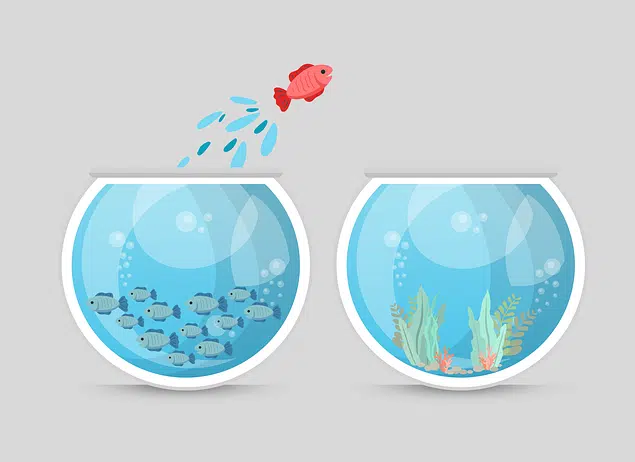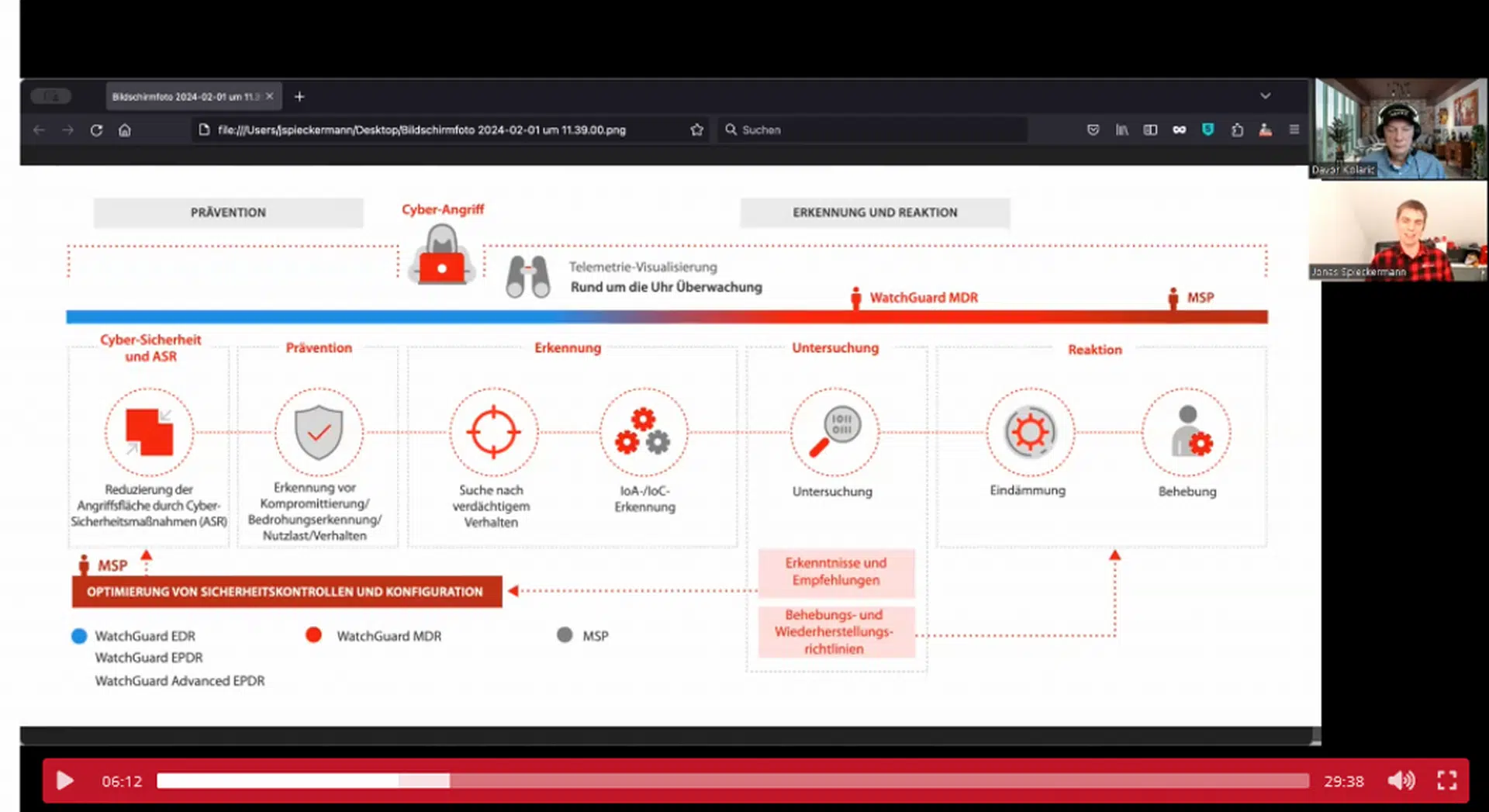
People managing people in modern businesses of all sizes have to juggle several business functions. These include human resources, supply chain management, customer relationship management (CRM), and manufacturing resource planning, among other operations. It can be overwhelming to manage all these business aspects manually or independently.
It is, therefore, understandable why systems like enterprise resource planning (ERP) are growing more popular. ERP systems are designed to integrate all business functions, creating workflows and decision-making processes that are easier to manage. This leaves organizations with more time to concentrate on their core business.
Studies show that ERP systems bring several benefits to any business. Hamidreza Vakilifard, Shahla Abbaszadeh Meinagh, and Mohammad Reza Khataee conducted a study published by the European Online Journal of Natural and Social Sciences.
The study results “indicated that ERP systems have had an impact on organization performance.” They note that ERP implementation results in “more real-time and accurate information.”
In this article, I define ERP systems and how they work. I also look at why managers who desire automation, improved functionality in areas like the back-office, product customization, accounting, CRM, and procurement, might consider enterprise resource planning software.
What is an ERP System?
ERP is an acronym for enterprise resource planning, a business management software. In an article produced for the CIO and business technology executive news website, CIO.com, contributing columnist Bart Perkins provides a comprehensive definition of an ERP system.
He defines it as a “system of integrated software applications that standardizes, streamlines, and integrates business processes across finance, human resources, procurement, distribution, and other departments.”
The American multinational computer technology corporation, Oracle, defines ERP as “a type of software that organizations use to manage day-to-day business activities, such as accounting, procurement, project management, risk management and compliance, and supply chain operations.”
Oracle adds that for an ERP suite to be defined as complete, it needs to include software that assists organizations with planning, enterprise performance management, budgeting, forecasting, and creating reports with details of an organization’s financial results.
ERP systems can also be extended with third-party applications to access features such as product life cycle management, e-procurement, product data management, data mining, and other such functions. The ERP system is usually extended through vendor-supplied interfaces.
A Brief History of ERP
ERP systems were introduced around 1990 mainly for use by manufacturing companies. The concept emanated from such systems as the material requirements planning II (MRP II) developed in 1983, MRP in 1964, and Economic Order Quantity (EOQ), which came into existence in 1913.
According to the provider of enterprise resource planning software, QAD.Inc, the term ERP was coined by the Gartner Group to distinguish ERP systems from MRP systems in the 1990s. QAD.Inc says that during this period, ERP systems started being developed to include business intelligence “while handling other functions, such as sales force automation (SFA), marketing automation and E-commerce.”
Due to some of the challenges with on-premise ERP, vendors started developing cloud ERP to provide a SaaS ERP system (ERP provided as a software service by vendors). Some of the shortcomings with on-premise ERP include the cost of implementation, licensing, and long implementation duration, among others.
In contrast, SaaS is straightforward and cheaper to implement since you would usually pay a monthly subscription. Users can customize the software based on industry-specific needs. This makes the system suitable even for small businesses.
The Main Characteristics of the ERP System
An enterprise resource planning system has four primary characteristics: modular design, flexible, open and centralized database, and automatic generation of information. This software system operates in real-time, from a general database that supports all software. This results in a consistent look and feel across modules.
The primary goal of an ERP software solution is to bring all units together to achieve operational goals quickly. All enterprise processes are integrated across all the business units into a complete approach to streamline processes and information across the whole organization.
Perkins provides an excellent example of how ERP uses real-time data to integrate various business processes. He uses the example of a business that requires customers to make online orders. As soon as a new order is completed, ERP automatically checks the price and initiates a credit check, if needed. It checks if the product is available and notifies the unit that will schedule the delivery. As soon as the order is delivered, an invoice is sent, and the bookkeeping unit can update its accounts.
Let’s take a more in-depth look at the several features of a modern ERP system:
Consistent Look and Feel
The consistent look and feel of ERP helps an enterprise reduce the cost of training. Perkins notes that early vendors realized that a consistent look and feel helps the organization appear more professional. Employees operating in various areas of a business can rely on the same information as they work on meeting customers’ specific needs.
The integration delivered by ERP makes it possible for an organization to present a consistent face to the market, whether one is looking at its accounting software, order management system, or simple spreadsheets.
All Applications Supported From a Common Database
One of the significant challenges faced by organizations is that different departments operate in silos (disjointed units). This can lead to embarrassing situations where different departments give customers conflicting information.
An ERP system ensures that a shared database supports all applications. This means that workers in different units can depend on the same information from the database for their day-to-day activities.
Fachartikel

Strategien für eine fortgeschrittene digitale Hygiene

Mit LogRhythm 7.16 können Sie das Dashboard-Rauschen reduzieren und Log-Quellen leicht zurückziehen

Wie man RMM-Software mit einer Firewall absichert

Red Sifts vierteljährliche Produktveröffentlichung vom Frühjahr 2024

Konvergiert vs. Einheitlich: Was ist der Unterschied?
Studien

Studie zu PKI und Post-Quanten-Kryptographie verdeutlicht wachsenden Bedarf an digitalem Vertrauen bei DACH-Organisationen

Zunahme von „Evasive Malware“ verstärkt Bedrohungswelle

Neuer Report bestätigt: Die Zukunft KI-gestützter Content Creation ist längst Gegenwart

Neue Erkenntnisse: Trend-Report zu Bankbetrug und Finanzdelikten in Europa veröffentlicht

Studie: Rasantes API-Wachstum schafft Cybersicherheitsrisiken für Unternehmen
Whitepaper
Unter4Ohren

Datenklassifizierung: Sicherheit, Konformität und Kontrolle

Die Rolle der KI in der IT-Sicherheit

CrowdStrike Global Threat Report 2024 – Einblicke in die aktuelle Bedrohungslandschaft

WatchGuard Managed Detection & Response – Erkennung und Reaktion rund um die Uhr ohne Mehraufwand







